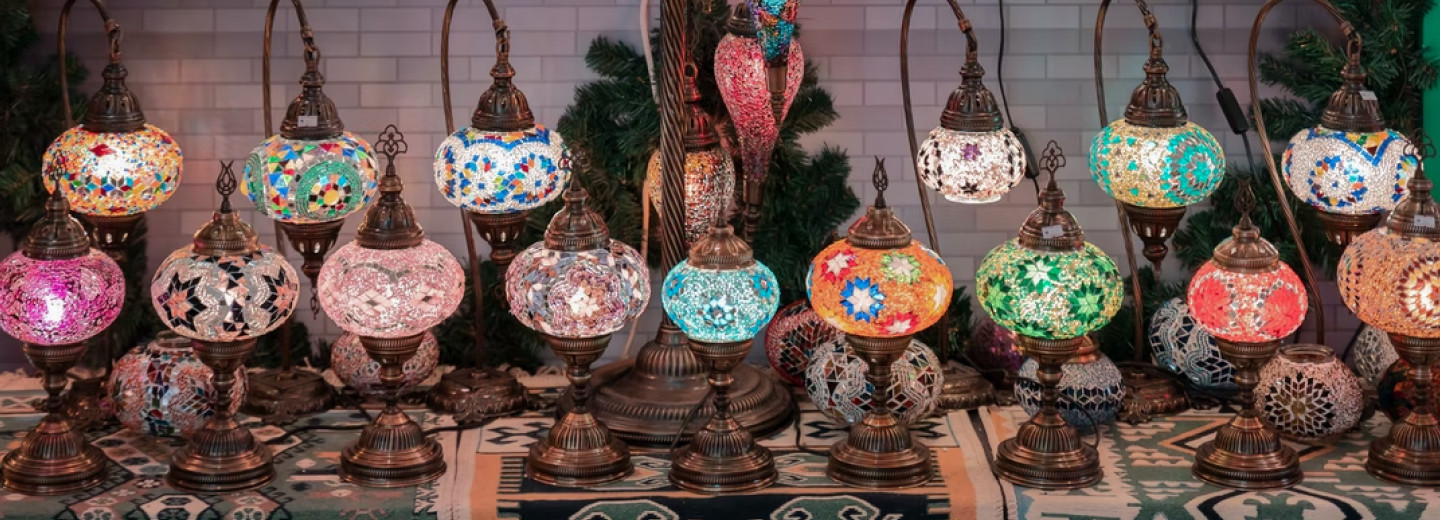
"Souvenir" comes from the French word for "remembrance or memory." Sometimes these little gifts go by other names, and a souvenir is valued not for the item but its memories. But that's not the only reason. Travel psychologists say there's more to it. Souvenirs are also physical evidence of our journeys. They even coined a phrase to describe the concept: strategic memory protection. Many people enjoy bringing clothes from new places and sending postcards to loved ones. Key chains, refrigerator magnets, and stickers are popular. Some people want miniatures, tiny license plates, and coffee mugs. Here are some of the unique souvenirs worldwide.
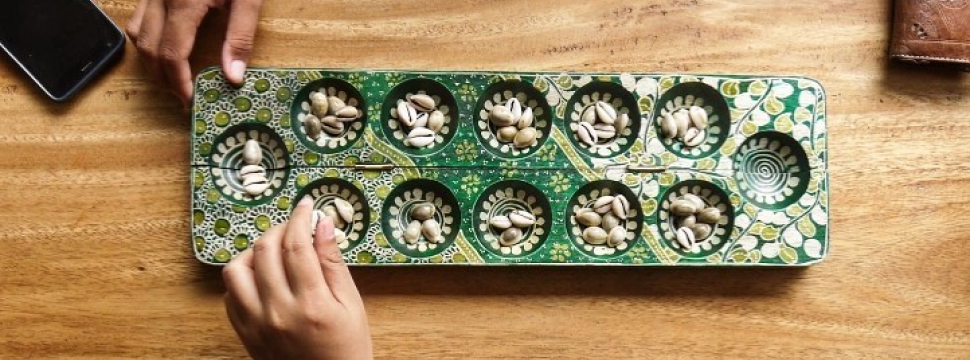
Source: instagram.com/moseloapp
This traditional board game is usually made of wood and has 5-9 holes on each side. The style ranges from straightforward, plain woods to game boards with elaborate decorations. In Central Java, extensive decorations featuring Javanese naga (dragon) are typical. Archaeologist estimates that this game was played worldwide between 7000 and 5000 B.C, and it is thought to have roots in ancient Middle Eastern civilization.
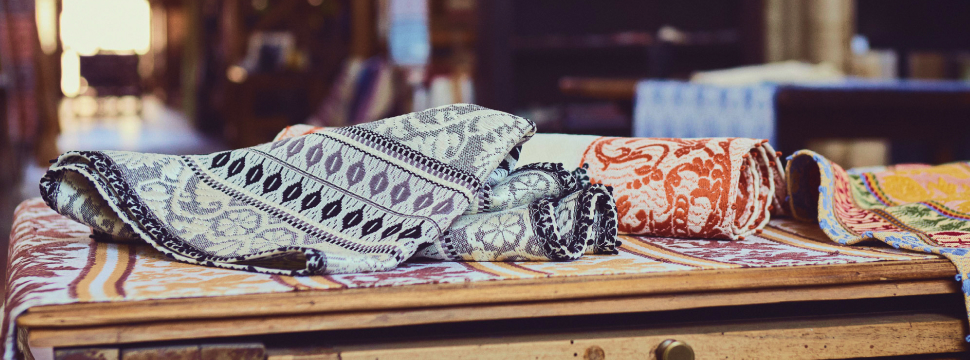
Source: articity.it
A piece of Italian art to remember your trip to Europe. These white tablecloths feature blue geometrical patterns and have been popular since the 13th century. The "Perugian Tablecloths" were used as altar cloths in churches throughout central Italy by the end of the 12th century, and the number of times they appear in the works of the finest artists of the 14th and 15th centuries attests to their significance as liturgical decoration.
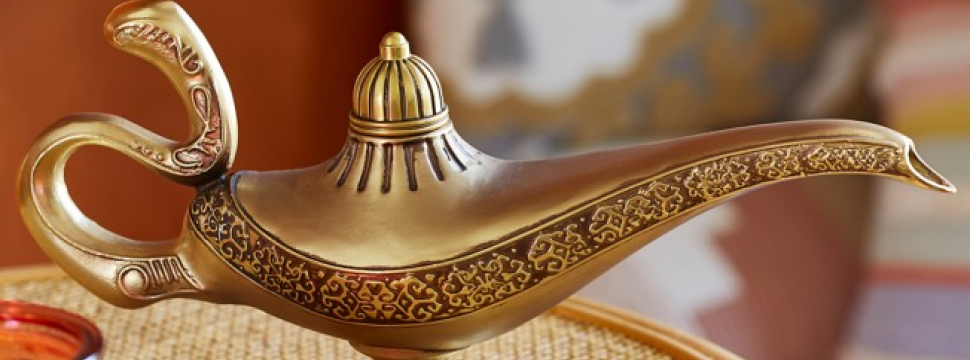
Source: disneystore.com
The legend and mystery of Aladdin find their home in these brass lamps inlaid with stones or intricate carvings. Smaller versions can be tucked away into suitcases and made into exotic gifts. You can also use Aladdin Magic Lamp other than its decorative purpose, and the product does not rust.
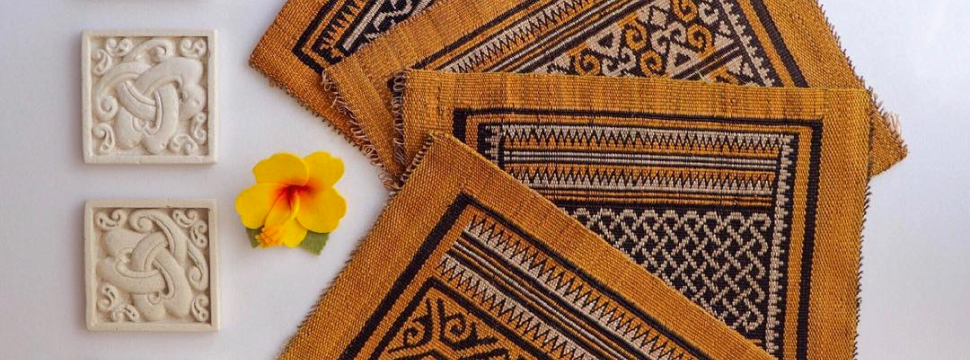
Source: instagram.com/islandbazaar
A handwoven mat is called a thundu kunaa. The technique used to weave this mat is known as thundu kunaa viyun in the native tongue. Thundu kunaa was a necessary item, and daily activities, including sleeping and praying, were done there. It served as a gift that could be given to royals when it was woven in a specific pattern. These mats are now available at smaller-sized souvenir shops, while larger ones are prized as luxury goods.